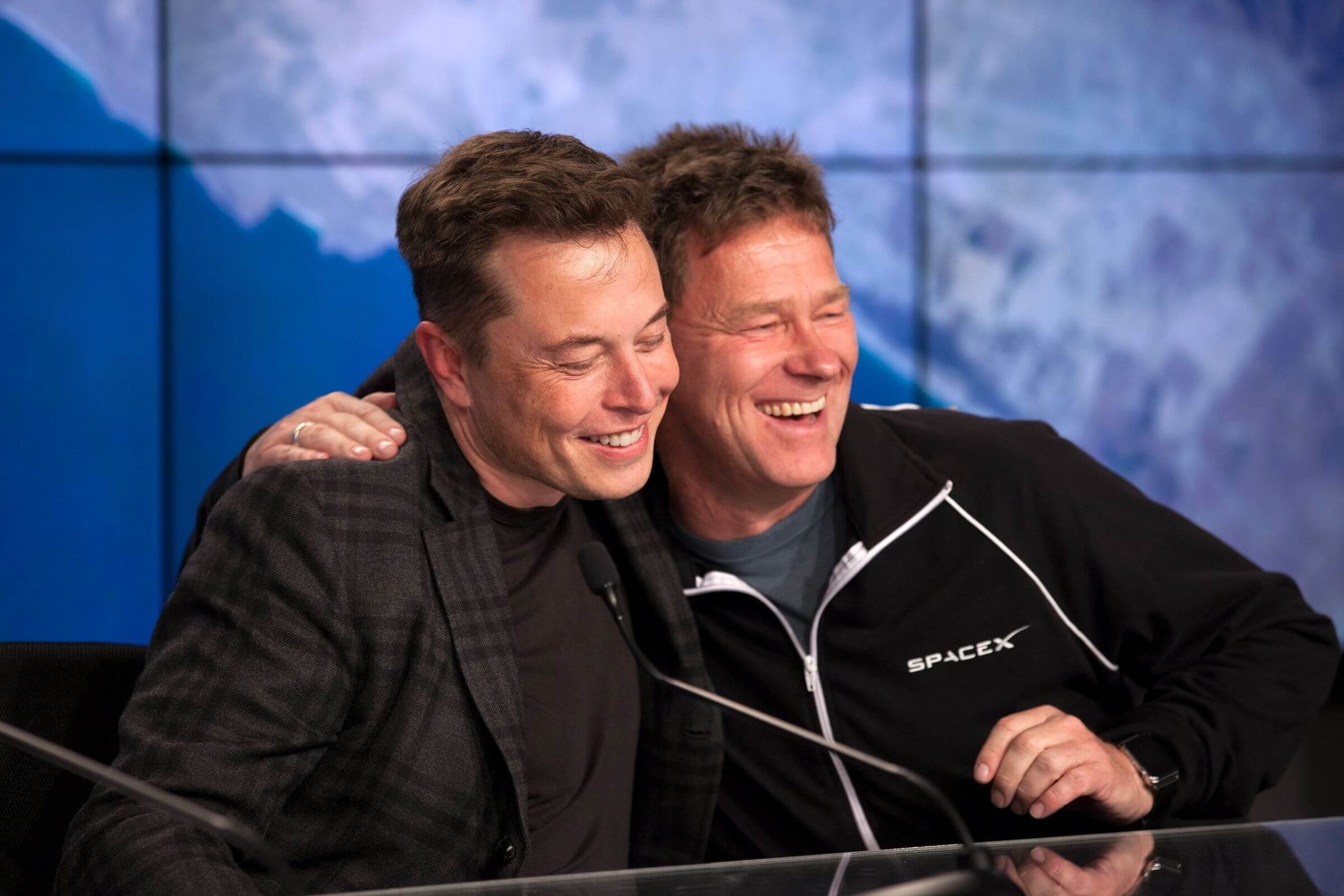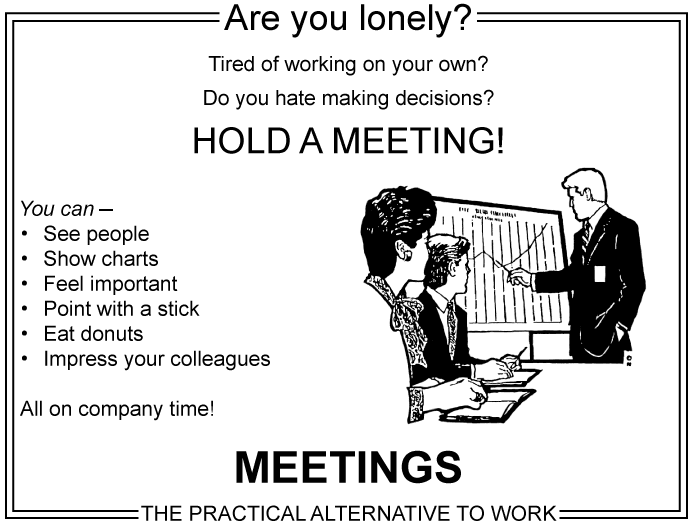
Quora and, more recently, Forbes have both outlined how The Most Interesting Man in the World, Elon Musk, makes meeting efficiency a science. They are interesting articles that highlight the estimated $37 billion lost in unproductive meetings as well as some precautionary notes about the burnout potential of a company run with Musk’s style.
So, the question is raised: should an agency run more like SpaceX?
Here’s a look at how Musk’s principles apply to an agency (or, at minimum, your digital department):
1. Everyone Participates
Adopting an agile agency model is challenging but rewarding. This requires that the key people who will complete a project meet with the key decision makers from the client side at the beginning of the project. An agile approach puts the responsibility of researching, understanding and solving the business problem on every member of the team. The side effect is that all meetings demand preparation by all parties to ask all the necessary questions to ensure the solution meets the need. The consistent agile check-ins may appear to enable inefficiency, but this fear can be eliminated if meetings are only held when there is a tangible deliverable to present and review.
If agile is a bridge too far, another quick implementation to support preparation is sending briefs to all project team members and allowing everyone enough time to consider their questions prior to a face-to-face kickoff. And, don’t stop there. Share creative decks prior to internal review meetings so team members have a chance to build a list of discussion items before meetings. This shift doesn’t eliminate the need to present a brief or deck to start the meeting, however. Part of the preparation is making sure the context of those materials leads to the right questions, not just a series of non sequiturs.
2. Keep It to First Principles
Discovering and communicating the truth of a product or service is at the core of great advertising, and agencies promise ideas, specifically new ideas. For those reasons, this principle is perhaps the most useful for agency innovation. Keeping the project definition to the basic facts prevents an overly prescriptive brief, recycling past solutions or borrowing equity by removing the easy outs that plague agencies. Even if the first principles method isn’t a good fit as a long-term solution, it’s a great exercise that will force new thinking and strategies to solve a problem from planning to execution.
The benefits of first principles don’t stop with sparking innovation, either. Sticking to only the facts of a project can actually enhance efficiency because of its difficulty. Having alert minds maintaining a high level of discipline greatly reduces distractions by reducing counter-productive first-level concepts, dwelling on past frustrations and failings and keeping high-functioning minds busier with the task at hand. It should be noted that this methodology doesn’t abandon prior experience. Experienced team members have the advantage of bringing more productivity by bringing a deeper library of truths to the table.
3. Look to the Horizon
A room full of uninspired employees is perhaps the second most costly meeting of all (the top offender is still to come). Unfortunately, one of the toughest tasks in advertising is keeping all teams motivated. The grind of day-to-day minutia and ever-evolving feedback has a tendency to get people mentally stuck on tasks within a project. Those small problems disconnect teammates over time and snowball into burnout. As ideas get killed (or worse Frankenstein-ed), it’s the responsibility of the team leaders to maintain that the shared goal never gets lost. This drive in an agency keeps the problem solvers engaged in finding a solution – despite the boundaries – for which they can be proud or, at minimum, live with. Maintaining this energy when a client relationship has gotten off the rails is even harder, but that is when it’s needed most and can be the difference when it comes to keeping valuable accounts and employees.
4. Set Standards

Never ask others to do something you wouldn’t yourself do. Wouldn’t fix someone else’s layout? Don’t give people your dirty files to clean. Wouldn’t stay late to polish a presentation deck? Don’t ask creatives to stay late to provide their executions. This applies to meetings as well. Don’t expect everyone to be on time if you consistently aren’t. Don’t expect everyone to be engaged if you aren’t providing information that is engaging. Persuasion is on the shoulders of those who want change.
Once expectations are set and those reasonable expectations aren’t being met, remove those people from the meeting. Scaling down a meeting to core contributors is a quick means to get to solutions faster. It may be uncomfortable at first, but you’re only as strong as your weakest team member. It signals a clear message that those team members need to adjust their expectations of themselves or find a more suitable environment for their existing expectations.
5. Don’t Go to Meetings
Although this point wasn’t covered in the Forbes article, it is a consistent theme for Musk and many other successful CEOs. Frankly, the most inefficient meetings are the ones that shouldn’t have been called in the first place. Ask everyone in your organization to ask themselves, “Could this meeting have been a Slack message, an email or a call?” Some of the most critical thinking should be done prior to hitting send on a meeting invite.
Even when meetings are needed, there can be pitfalls. For an agency example, if a creative team comes to a meeting without an assigned deck or if an account person delivers a half-written brief, they’ve wasted resources at the expense of both the agency and client. It’s a double whammy (more expensive) if the offenders and/or attendees are senior team members.

Conclusion
Mad men can absolutely make meetings a rocket science. However, it’s worth noting that while this is all worthy in theory, creatives aren’t engineers. Agencies have to give window to distractions and some inefficiency, because our doors are filled with delightfully funny people who always bring stories and quips that serve as the genesis for some of our most brilliant campaigns. There’s no such thing as one-size-fits-all in the agency world. But if these methods worked to create the first reflight of an orbital class rocket, surely some of these practices are worth trying at your house.
)
)